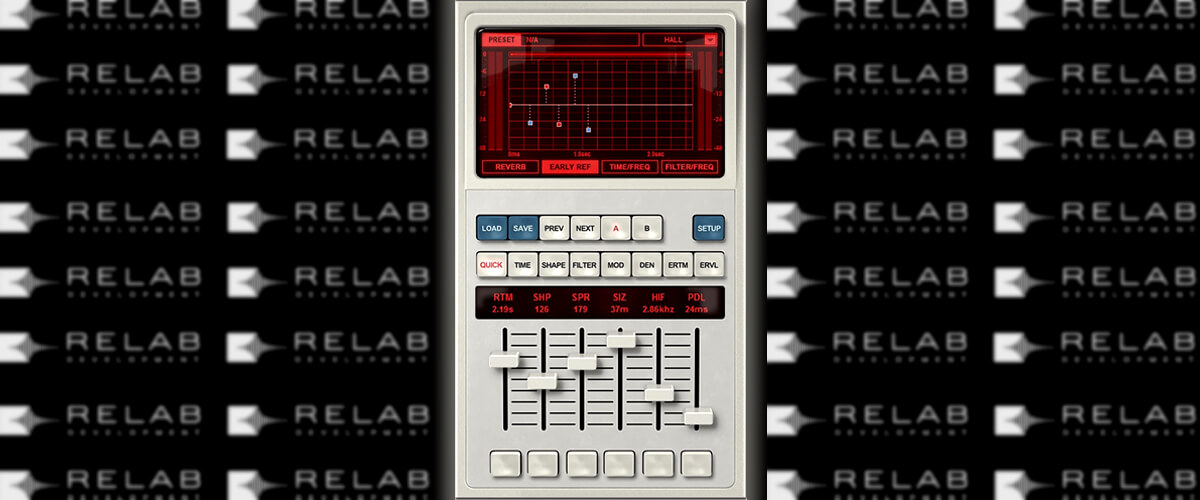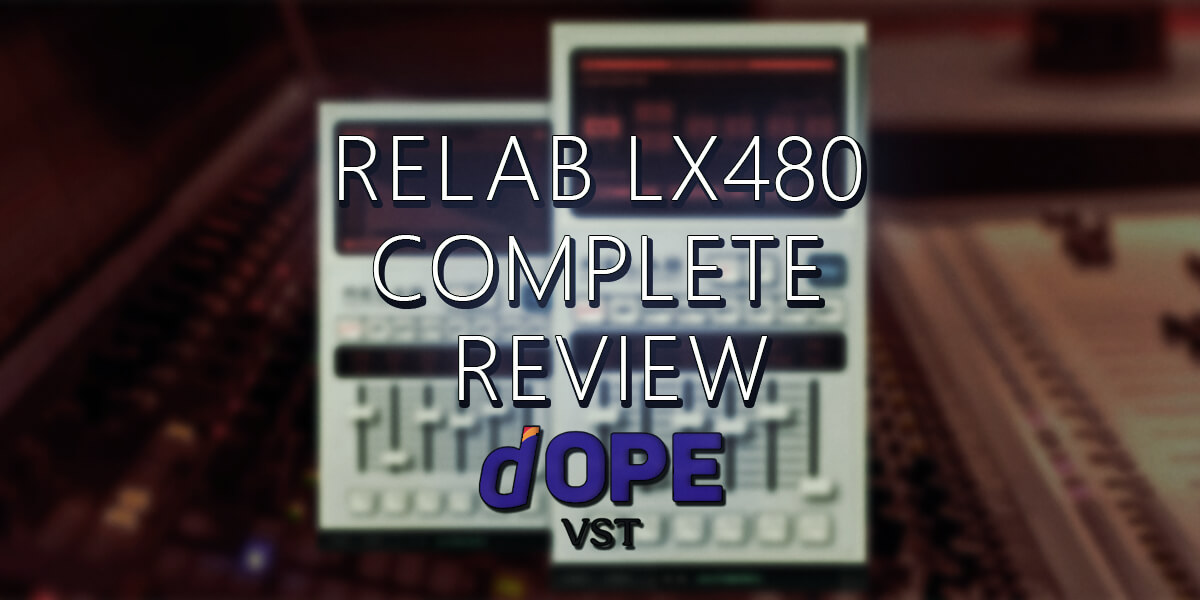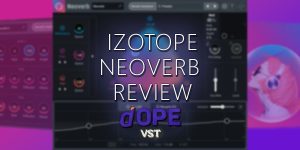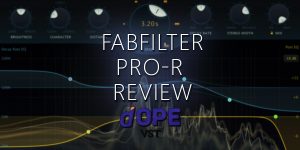The LX480 Complete is a plugin designed after the well-known Lexicon 480L. Ralab managed to emulate hardware very accurately; moreover, it added plenty of cool features.
Keep reading my Relab LX480 Complete review to find out why many music producers, including me, consider this software the greatest reverb on today’s market.
Main controls

At the top of the interface, there are four tabs that allow you to customize the reverb sound characteristics in a variety of ways. Let’s take a closer look at these tabs.
The REVERB is responsible for volume and tail length (tail is late reflections).
You can give your sound a sense of depth, push it to the background, drown it in the mixing space, & color it beautifully with the help of the Hall or RHall (random hall) presets, and if you want to add the legendary Lexicon’s air and sand, try Plate algorithms.
The EARLY/REF regulates the length and volume of the early reflections that represent a room. The more early reflections in your sound, the better you can hear room characteristics. If you want to add density to your instruments, such as drums or vocals, use modes with a predominance of short reflections – Ambiance and Room. The Lexicon 480 emulation shines at creating an “in your face” voice sense and bringing it to the forefront of the overall mix.
TIME/FREQ regulates the attenuation rate at various frequencies. Use it if you don’t want low frequencies to take up too much space but wish to boost the instrument’s high or mid-tones. So you can, for example, create a lovely sandy vocal top while keeping the energy spectrum of the voice closer to the listener. This is a popular trick in modern music for achieving a commercial sound.
FILTER/FREQ contains low pass and high pass filters to control bass and treble – a much-needed thing when balancing instruments in a mix. The default setting is 6 dB/octave, just like in the analog instrument. However, the Relab LX480 plugin may adjust the filter cutoff mode to 12/db per octave, which the hardware does not support.
Faders provide more detailed processing of these parameters at the plugin’s bottom. The ability to modify the width of the stereo panorama with the WID parameter, which is accessible in the SHAPE tab, is one of the LX480’s non-obvious features that distinguish it from the hardware. To be honest, not a single modern song can do without this technique.
In addition to the basic Ambiance, Room, Plate, Hall, and Random Hall algorithms, the manufacturer incorporated innovative features that allow you to push the device’s capabilities to new heights. My favorite ones are TWIN DELAYS and PANORAMA.
TWIN DELAYS is a delay effect that greatly enhances your sound processing options.
PANORAMA uses psychoacoustic effects and is great for adding special effects to the mix and expanding instruments & vocals. This mode is definitely worth trying out!
And last but not least, you can add a chorus to any of the modes in the MOD tab.
How does It sound in the mix?

I’d like to bring your attention to the A and B buttons, commonly believed to be a switch for fast presets comparison. However, this is not the case with LX480 Complete VST. The manufacturer provides an A/B mode as a sequence of 2 reverbs working simultaneously. With the Setup button, you can select the most convenient algorithm for you. At first sight, this may seem complicated, but it is not. Now, I’ll reveal one of the most important secrets of using such an algorithm in modern commercial music.
Mix engineers employ a smart yet simple approach to get the lead vocal to the foreground without drowning it out among other instruments. The vocal is placed in two spaces at the same time. The first space is a small room or ambiance with early reflections and no tails. When mixing this space in, the vocal becomes tight, vivid, and dynamic. The second space is the Plate or hall – it gives just a few early reflections, but there is a nice, soft tail.
To separate the tail, use the Predelay parameter, which may be set to 1/16 or even ⅛ from the project’s tempo. You can easily adjust this value in milliseconds to suit your tempo. Next, remove unnecessary bass and treble with the High pass and Low pass filters. And the final step – shift the tail sound to the side by widening the panorama with the Width control. This way, the tight lead vocal will be right in front of the listener, sitting in the center and hitting with energy, but at the same time, it’ll have a very deep and wide range.
I was impressed with the manufacturer’s attention to detail. The LX480 includes RESONANCE RH – an inconspicuous button with an on/off switch that does a unique thing. Not many people know that when developing the analog Lexicon 480L, there was an error in the random hall algorithm. The plugin developers make it possible to fix this error using the switch to on mode. Just amazing!
Tech specifications
- Formats: AAX, AU, VST, VST3.
- Platform: Mac, Windows.
- System requirements – Mac: macOS 10.12 or later, Intel processor, 2GB RAM, only 64 bit.
- System requirements – Windows: Microsoft Windows 7 or later, Core 2 or higher, 2GB RAM, only 64 bit.






